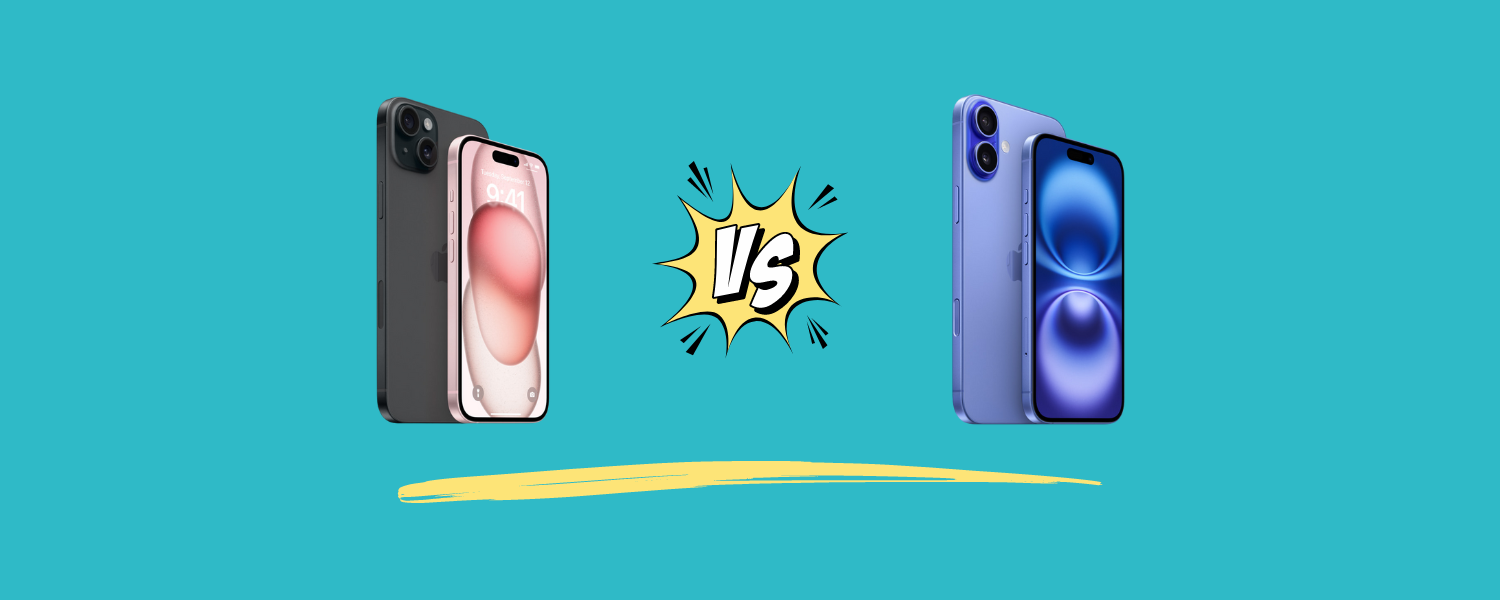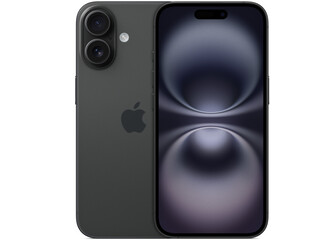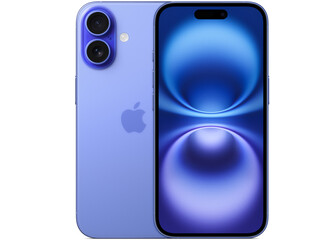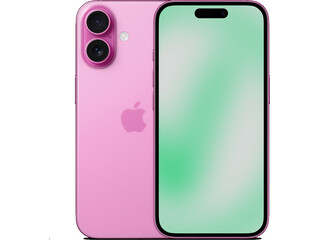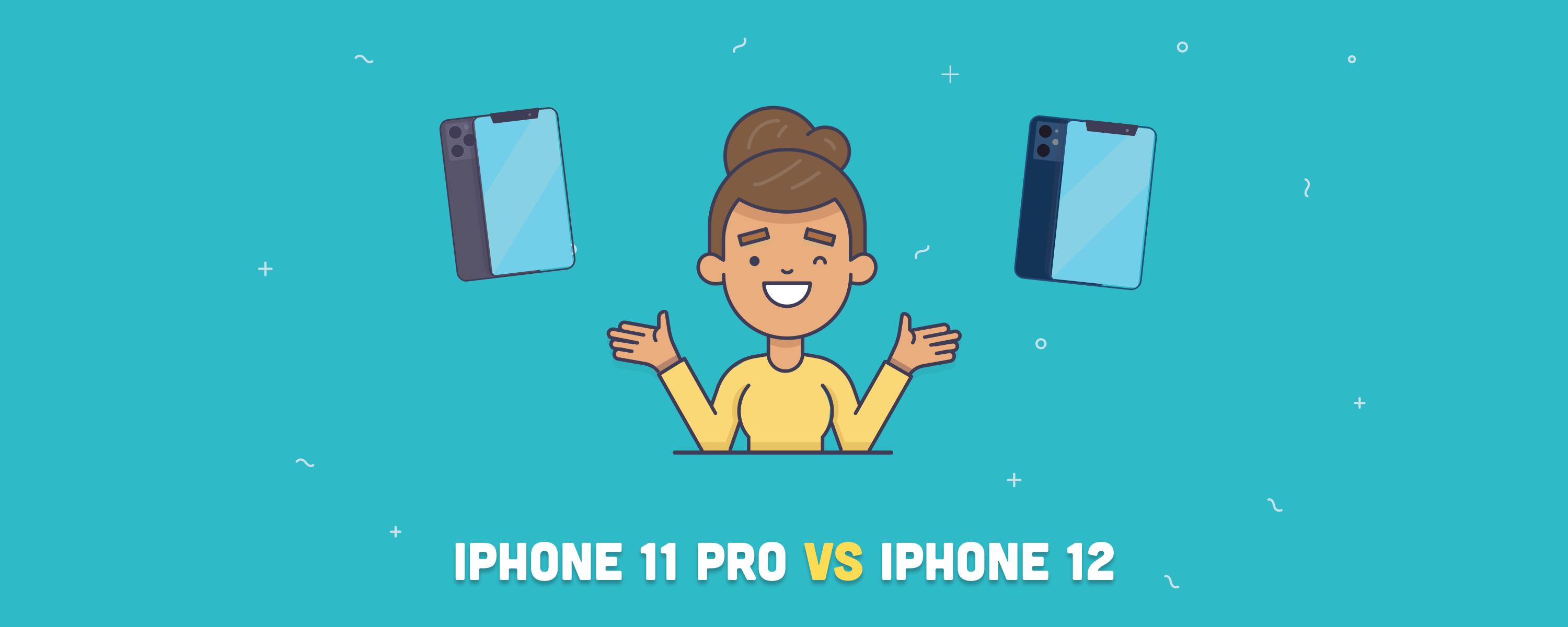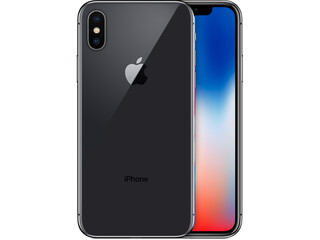Torn between buying the latest iPhone or waiting for its successor? Our comprehensive comparison cuts through the hype to give you the facts. We examine everything from design changes to new features, helping you make the best choice for your needs and budget, whether that means grabbing the current model or exercising patience. Keep reading!
Table of contents
iPhone 15 vs. iPhone 16 at a glance
| Feature | iPhone 15 | iPhone 16 |
|---|---|---|
| Dimensions | 5.81 x 2.82 x 0.31 in 147.6 x 71.6 x 7.8 mm | 5.81 x 2.82 x 0.31 in 147.6 x 71.6 x 7.8 mm |
| Weight | 171 g 6.02 oz | 170 g 6 oz |
| Display | 6.1-inch OLED, 60Hz, 2000 nits brightness | 6.1-inch OLED, 60Hz, 2000 nits brightness |
| Processor | A16 Bionic (4nm) | A18 Bionic (3nm) |
| RAM | 6GB | 6GB |
| Storage options | 128GB, 256GB, 512GB | 128GB, 256GB, 512GB |
| Main camera | 48MP (f/1.6), 12MP ultrawide (f/2.4) | 48MP (f/1.6), 12MP ultrawide (f/2.2) |
| Front camera | 12MP TrueDepth | 12MP TrueDepth |
| Video recording | 4K at 24, 25, 30, 60 FPS HDR with Dolby Vision 1080p 240 FPS slow motion Sensor-shift optical image stabilization | 4K at 24, 25, 30, 60 FPS HDR with Dolby Vision 1080p 240 FPS slow motion Sensor-shift optical image stabilization |
| Battery | 3,349 mAh, up to 20 hours of video playback | 3,561 mAh, up to 22 hours of video playback |
| Charging | 15W MagSafe, 20W wired | 25W MagSafe, 20W wired |
| Max OS compatibility | iOS 18 | iOS 18 |
| Connectivity | 5G, Wi-Fi 6E, Bluetooth 5.3 | 5G, Wi-Fi 7, Bluetooth 5.3 |
| USB-C | Yes | Yes |
| Special features | IP68 water and dust resistance, Face ID | IP68 water and dust resistance, Face ID, Apple Intelligence, Visual Intelligence |
| Colors | Black, blue, green, yellow, pink | Black, white, pink, teal, ultramarine |
| Price (new) | Starts at | Starts at |
| Price (refurbished) | Starts at | Starts at |
Reasons to buy the iPhone 15
- Similar performance with the A16 chip, still very powerful.
- Lower price for the same storage options.
- Less need for the advanced AI features on the iPhone 16.
- Great video quality with 4K Dolby Vision and Cinematic mode.
- Dynamic Island, MagSafe, and other flagship features are still included.
Reasons to buy the iPhone 16
- Faster A18 Bionic chip for improved performance.
- 25W MagSafe wireless charging, faster than the 15W of the iPhone 15.
- Improved ultra-wide camera with better low-light performance and macro photography.
- New Camera Control button and Apple Intelligence for smarter AI features.
- Slightly longer battery life, 22 hours vs 20 hours of video playback.
iPhone 15 vs. iPhone 16: Which one should you pick?
The iPhone 15 and the iPhone 16 offer great features, but one may suit your needs better than the other, depending on your priorities. Here’s a detailed comparison to help you make the right choice.
Design and build
The iPhone 15 and iPhone 16 share a very similar design, with minimal differences in dimensions and weight.
Both models retain the sleek, modern design language Apple is known for, featuring flat edges, aluminum frames, and Ceramic Shield glass for durability.
They measure 147.6 x 71.6 x 7.8 mm (5.81 x 2.82 x 0.31 inches), making them virtually identical in size. The iPhone 16 is slightly lighter, weighing 170g (6 oz) compared to the iPhone 15’s 171g (6.02 oz), but this difference is almost negligible in hand.

Image by: Apple
A key new addition on the iPhone 16 is the Action button, which replaces the mute switch. This customizable button allows users to quickly access specific features like the camera, flashlight, or Focus modes, adding a layer of convenience that wasn’t available on the iPhone 15.
Lastly, the iPhone 16 continues Apple’s focus on durability with an IP68 water and dust resistance rating, capable of withstanding submersion up to 6 meters for 30 minutes, just like the iPhone 15.
⭐ While both models deliver a similar viewing experience, the iPhone 16 offers a slight edge with improved brightness control, making it slightly better suited for varied lighting environments.
Display
Both the iPhone 15 and iPhone 16 feature a 6.1-inch OLED Super Retina XDR display with the same 2,556 x 1,179 pixel resolution, delivering sharp and vibrant visuals.
The pixel density on both models is 460 ppi, ensuring crisp images and text, ideal for everyday use and media consumption.
Where the iPhone 16 shines is in brightness. Both phones have a peak HDR brightness of 2,000 nits, but the iPhone 16 features an improved brightness range from 1 to 2,000 nits, compared to the iPhone 15’s lower minimum brightness, providing more versatility in various lighting conditions. This makes the iPhone 16 display more adaptable, especially in outdoor scenarios.
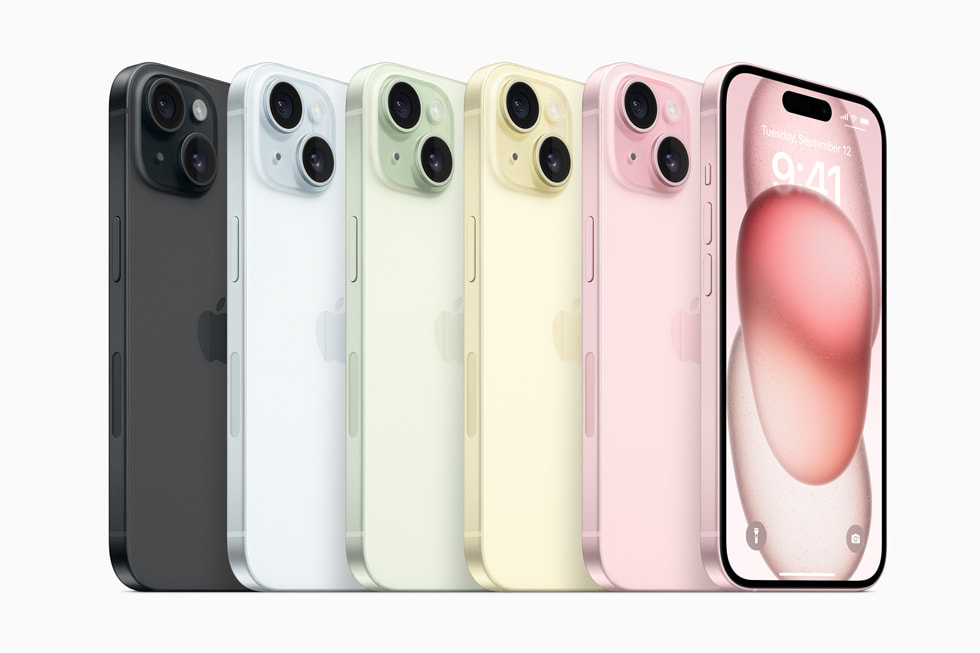
Image by: Apple
Both phones stick with a 60Hz refresh rate, which, while smooth enough for most users, may be less ideal for those seeking the buttery-smooth experience found on higher-refresh-rate displays.
If you want adaptive refresh rates up to 120Hz, you will need to opt for the Pro and Pro Max models of both lineups.
⭐ In short, the iPhone 16 offers a slight edge with improved brightness control, making it slightly better suited for varied lighting environments.
Performance
When it comes to performance, the iPhone 16 outpaces the iPhone 15, thanks to its more powerful A18 Bionic chip. Built on a 3nm process, the A18 offers significant improvements in both speed and efficiency compared to the A16 Bionic found in the iPhone 15, which uses a 4nm process.
This newer architecture enhances performance for tasks like gaming, multitasking, and AI-driven applications.
Both models feature 6GB of RAM, ensuring smooth performance in everyday tasks, but the A18’s enhanced neural engine gives the iPhone 16 an edge in handling complex AI tasks and machine learning.
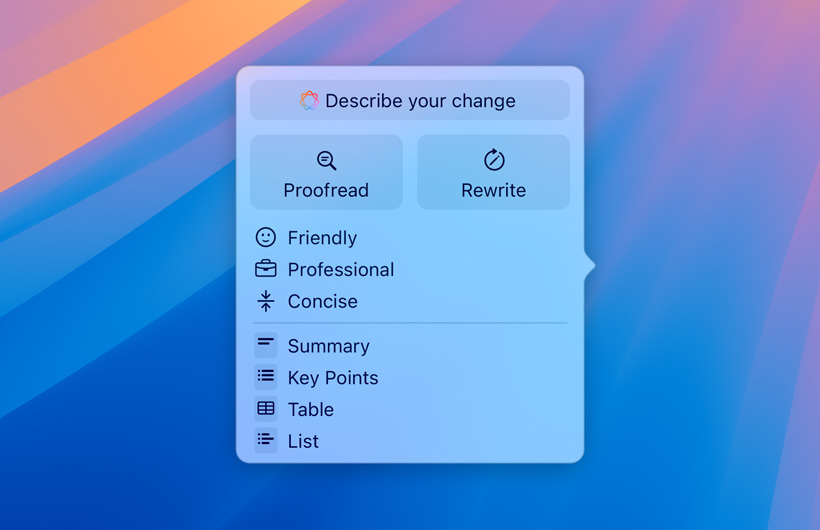
Image by: Apple
The iPhone 16 also offers better support for advanced features like Apple Intelligence, which provides smarter assistance and contextual actions based on user behavior.
⭐ If you’re looking for a phone that can handle demanding applications and is more future-proof in terms of processing power, the iPhone 16 offers a noticeable upgrade.
Cameras
The iPhone 15 and iPhone 16 both feature impressive camera systems, but the iPhone 16 offers subtle yet significant upgrades.
Both models have a 48MP main (wide) camera with an f/1.6 aperture, delivering high-resolution images and excellent low-light performance.
They also share a 12MP ultra-wide camera, though the iPhone 16 improves on this with a slightly faster f/2.2 aperture (compared to f/2.4 on the iPhone 15), allowing more light for better low-light shots and introducing macro photography for the first time in a base model iPhone.
On the video front, both phones offer 4K video recording at 24, 25, 30, and 60 fps, with Dolby Vision HDR for rich color and contrast. They also support 1080p slow-motion video at up to 240 fps and feature sensor-shift optical image stabilization, ensuring stable, high-quality videos even in motion.
Check this video by Alpha Tech for a camera test comparison. 👇
The iPhone 16 introduces the new Camera Control button, which enhances user control over the camera and makes it easier to capture photos or videos quickly. It also benefits from Apple Intelligence, offering improved AI-powered features like Photographic Styles and real-time scene recognition.
For selfie lovers, both phones feature a 12MP TrueDepth front camera, with no major changes in this department. However, the iPhone 16 leverages AI to enhance selfies and improve detail in various lighting conditions.
⭐ Overall, while the camera setup is quite similar on both models, the iPhone 16 offers better low-light performance, macro photography, and enhanced AI features, making it a better choice for photography enthusiasts.
Battery life and charging
The iPhone 16 offers a modest improvement in battery life compared to the iPhone 15 since it’s equipped with a 3,561mAh battery, while the iPhone 15 comes with a slightly smaller 3,349mAh battery.
This results in up to 22 hours of video playback on the iPhone 16, a slight increase over the iPhone 15’s 20 hours of video playback.
When it comes to charging, both models support 20W wired charging, but the iPhone 16 introduces faster 25W MagSafe wireless charging, compared to the iPhone 15’s 15W MagSafe limit.
In other words, the iPhone 16 charges more quickly when using MagSafe, making it more convenient for users who rely on wireless charging. Both phones are compatible with Qi2 wireless charging at up to 15W.
⭐ For most users, the battery life and charging speeds on the iPhone 15 are more than adequate. However, if you prioritize faster wireless charging and slightly longer battery life, the iPhone 16 offers a more efficient experience.
Connectivity
Both iPhones support 5G networks, including mmWave and Sub-6GHz bands, ensuring fast download speeds and broader network coverage.
However, the iPhone 16 leaps forward with Wi-Fi 7 support, which offers higher speeds and lower latency compared to the Wi-Fi 6E capabilities of the iPhone 15. Wi-Fi 7 is particularly beneficial in crowded network environments, offering up to 2.4 times faster speeds.
Regarding Bluetooth, the iPhone 15 and iPhone 16 feature Bluetooth 5.3, ensuring compatibility with the latest wireless accessories and providing stable, low-latency connections.
And they both have USB-C connectors for charging and data transfer, but they retain USB 2.0 speeds, meaning data transfer rates remain similar across the two smartphones.
⭐ If future-proofing and faster wireless networking are important to you, the iPhone 16’s Wi-Fi 7 support provides a clear advantage over the iPhone 15’s Wi-Fi 6E. Otherwise, both models offer robust connectivity features that will suit most users’ needs.
Conclusion
In conclusion, choosing between the iPhone 15 and iPhone 16 depends on your needs.
👉 The iPhone 15 offers exceptional performance with the A16 Bionic chip, great camera capabilities, and a lower price point, making it an excellent choice for most users.
👉 On the other hand, the iPhone 16 is aimed at power users who want faster performance, Wi-Fi 7, enhanced charging capabilities, and improved AI-driven features like macro photography and Apple Intelligence.
However, if you already own an iPhone 15, upgrading to the iPhone 16 might not be worth it unless you need those specific improvements. The iPhone 15 remains a strong contender and will provide exceptional performance for years to come.
To make your decision easier, use RefurbMe to compare iPhone models. Our platform saves you time by compiling phones from multiple stores, so you don’t have to visit each commerce site individually. Every refurbished iPhone includes a warranty and works like a new model.
Check all available iPhones in real time here. 👇
👉 Related: iPhone 16 Pro vs. Max: Key Differences Explained
Happy shopping! 🛍️

